
Guide
Tips for better forest photos
by David Lee

An eye for good image composition is not a mystery that only geniuses possess. It practically comes naturally if you concentrate on form rather than content for a change.
It's a very simple trick, but it works. Walk around and look at the world as if it were abstract art. In other words, you are not at all interested in what you are depicting, but only in the lines, patterns and geometric shapes that appear in front of you.
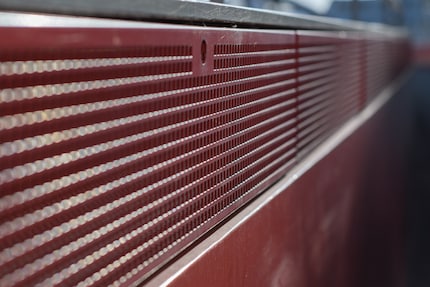
Try to create photos that are as abstract as possible. This is helpful even if you don't intend to do abstract photography. Because it trains your eye. If you want to take interesting pictures, you need an eye for patterns, lines and contours. Our fixation on motifs usually obscures our view of the formal. Through this exercise, you will ultimately succeed in showing clearly recognisable motifs, but in an interesting form.
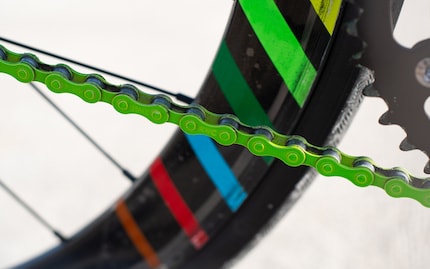
Some situations take a little getting used to at first: You may feel daft taking a photo of a spot on the street in the middle of everyone with complete concentration and seriousness. But this quickly passes. When trying it out, it's important that nothing is too daft for you.
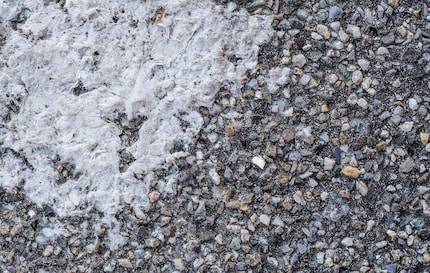
After a short time, you will notice many patterns and geometric shapes that you would normally pass by carelessly.
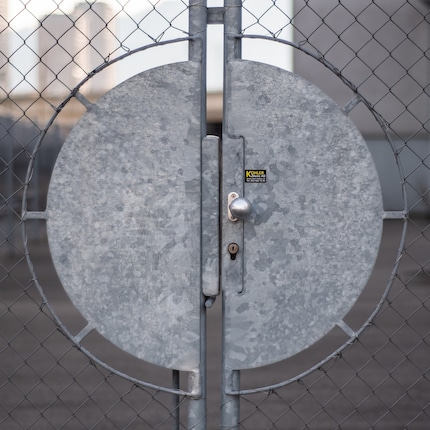
Abstract photography doesn't require any special equipment. Even a smartphone works. A large camera has the advantage that you can play better with the depth of field. Use A mode and a lens with the fastest possible aperture.
The easiest way to achieve abstraction is to choose a very small image section. With a phone or macro lens, simply get very close. Otherwise, telephoto lenses also fulfil the purpose. Neither the macro capability nor the telephoto effect need to be particularly pronounced. A standard 50 mm lens with a reasonably short focusing distance will also work.
Place the camera on the ground from time to time and view the image through the large display instead of the viewfinder. Of course, a movable LCD helps here.
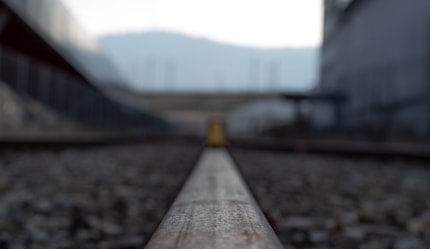
My interest in IT and writing landed me in tech journalism early on (2000). I want to know how we can use technology without being used. Outside of the office, I’m a keen musician who makes up for lacking talent with excessive enthusiasm.
Practical solutions for everyday problems with technology, household hacks and much more.
Show all